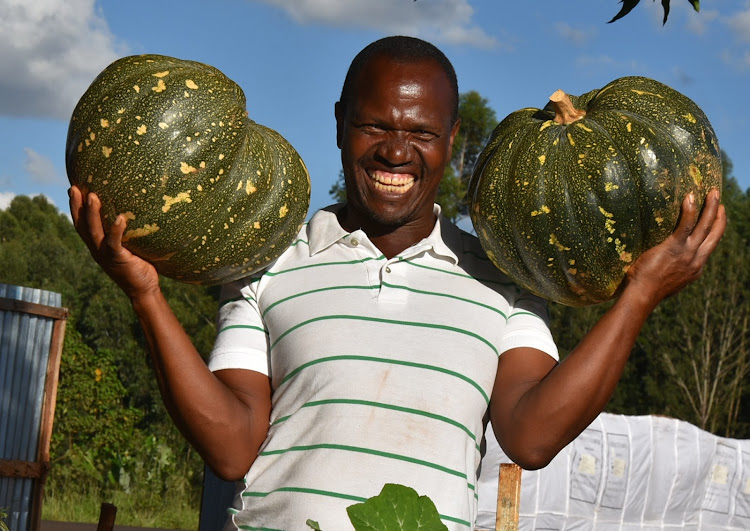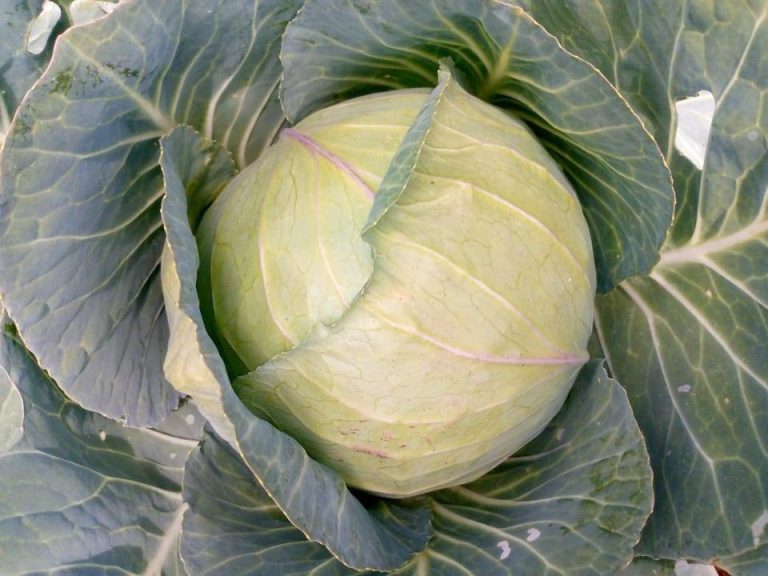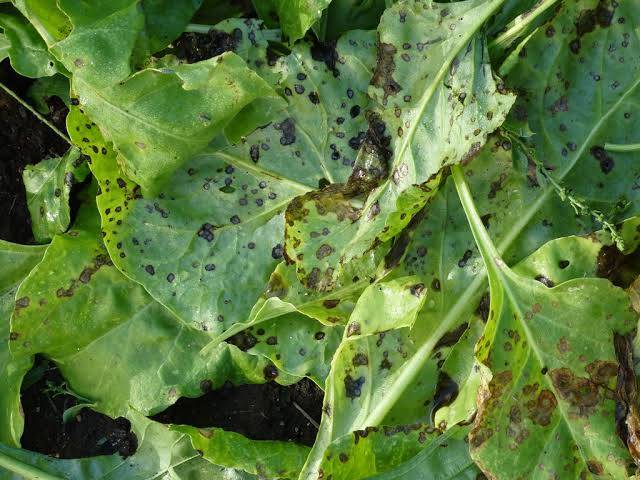How Many Tonnes Of Sugarcane Per Acre In Kenya?
On average, yields range from 30 to 61 tonnes per acre, with newer varieties like CO945 and KEN 83-737 potentially reaching up to 150 tonnes per hectare (approximately 61 tonnes per acre) under ideal conditions.
Sugarcane yields in Kenya vary widely based on factors like variety and agricultural practices.
Profitability in sugarcane farming hinges on market prices and production costs, which typically amount to Ksh 210,000 to 280,000 per acre. After deducting costs, farmers can expect profits of around Ksh 70,000 to 120,000 per acre.
With sugarcane prices averaging between Ksh 3,400 and 4,500 per tonne, a farmer harvesting 40 tonnes per acre could generate revenue of about Ksh 160,000 per acre, illustrating the potential economic returns of sugarcane cultivation despite variability in yields and costs.
Sugarcane Farming in Kenya
Sugarcane is a major cash crop in Kenya, grown primarily in regions such as Western Kenya, Nyanza, and parts of the Rift Valley. The crop is integral to the sugar industry, which supports numerous smallholder farmers and large-scale plantations. F
avorable climatic conditions, including adequate rainfall and fertile soils, make these regions ideal for sugarcane cultivation.
Sugarcane Yield Per Acre in Kenya
How Much Sugarcane Does 1 Acre Produce? On average, an acre of sugarcane in Kenya produces between 30 to 50 tonnes of cane per harvest. This yield can vary depending on several factors, including the variety of sugarcane, soil fertility, climatic conditions, and farming practices. With optimal conditions and effective management practices, yields can be significantly enhanced.
Factors Influencing Sugarcane Yield Per Acre
Climate and Soil
Sugarcane thrives in regions with high rainfall (1,200 to 1,500 mm annually) and warm temperatures (25°C to 30°C). Fertile, well-drained soils rich in organic matter support healthy cane growth.
Varietal Selection
Choosing the right sugarcane variety is crucial for achieving high yields. Improved varieties that are resistant to diseases and pests, and adapted to local climatic conditions, can significantly boost productivity.
Agronomic Practices
Best agronomic practices, such as proper land preparation, planting at the right time, using high-quality seed cane, and maintaining appropriate plant spacing, are essential for maximizing yield. Timely irrigation, fertilization, and weed control further support healthy crop growth.
Pest and Disease Management
Effective pest and disease management strategies are critical to protecting sugarcane crops. Common pests like the sugarcane borer and diseases such as smut and rust can severely impact yields if not properly managed.
Harvesting Practices
Timely and efficient harvesting ensures that the cane is harvested at peak maturity, maximizing sugar content and yield. Delayed harvesting can lead to reduced sugar recovery and lower overall yield.
Economic Aspects of Sugarcane Farming
Sugarcane Profit Per Acre in Kenya
The profitability of sugarcane farming in Kenya varies based on yield, market prices, and production costs. On average, farmers can earn between KES 50,000 to KES 150,000 per acre per harvest. High-yielding varieties and efficient farming practices can enhance profitability.
How Much is 1 Acre of Sugarcane Worth in Kenya?
The value of one acre of sugarcane in Kenya depends on the yield and prevailing market prices. With an average yield of 30 to 50 tonnes per acre and a market price of KES 3,000 to KES 4,500 per tonne, the gross value of one acre of sugarcane can range from KES 90,000 to KES 225,000 per harvest.

How to Make Money Farming 1 Acre of Sugarcane in Kenya
Adopt High-Yielding Varieties
Planting high-yielding and disease-resistant sugarcane varieties can significantly increase productivity and profitability. Varieties developed by research institutions such as the Kenya Sugar Research Foundation (KESREF) are recommended.
Implement Best Agronomic Practices
Adopting best practices in land preparation, planting, fertilization, irrigation, and pest management ensures healthy crop growth and high yields. Regular training and extension services can help farmers stay updated on the latest techniques.
Efficient Water Management
Ensuring adequate water supply through proper irrigation techniques, especially during dry periods, supports continuous growth and maximizes yield. Drip irrigation and other efficient methods can be used to optimize water use.
Pest and Disease Control
Implementing integrated pest management (IPM) strategies, including biological controls and timely application of pesticides, helps protect the crop from pests and diseases. Regular monitoring and prompt action are crucial.
Access to Credit and Inputs
Access to affordable credit enables farmers to invest in quality inputs such as fertilizers, pesticides, and high-quality seed cane. Cooperative societies and financial institutions can provide the necessary support.
Market Access and Value Addition
Securing good market access ensures that farmers can sell their produce at favorable prices. Value addition, such as producing jaggery or biofuels from sugarcane, can increase income. Farmers can also explore direct contracts with sugar mills for better pricing.
Cost Management
Efficient management of production costs, including labor, inputs, and transportation, enhances profitability. Group farming and cooperative societies can help reduce costs through bulk purchasing and shared resources.
FAQs
How much does one acre of sugarcane yield in Kenya? One acre of sugarcane in Kenya yields between 30 to 50 tonnes of cane per harvest, depending on various factors such as variety, soil fertility, and farming practices.
What is the average profit per acre of sugarcane in Kenya? The average profit per acre of sugarcane in Kenya ranges from KES 50,000 to KES 150,000 per harvest, depending on yield and market prices.
How much is one acre of sugarcane worth in Kenya? The gross value of one acre of sugarcane in Kenya can range from KES 90,000 to KES 225,000 per harvest, based on an average yield of 30 to 50 tonnes and market prices of KES 3,000 to KES 4,500 per tonne.
What factors influence sugarcane yield per acre? Factors influencing sugarcane yield per acre include climate, soil fertility, varietal selection, agronomic practices, pest and disease management, and harvesting practices.
How can farmers improve sugarcane yield and profitability? Farmers can improve yield and profitability by adopting high-yielding varieties, implementing best agronomic practices, ensuring efficient water management, controlling pests and diseases, accessing credit and quality inputs, and exploring value addition and market linkages.
What are the common challenges faced by sugarcane farmers in Kenya? Common challenges faced by sugarcane farmers in Kenya include fluctuating market prices, high production costs, pest and disease pressures, water scarcity, and limited access to credit and quality inputs.






